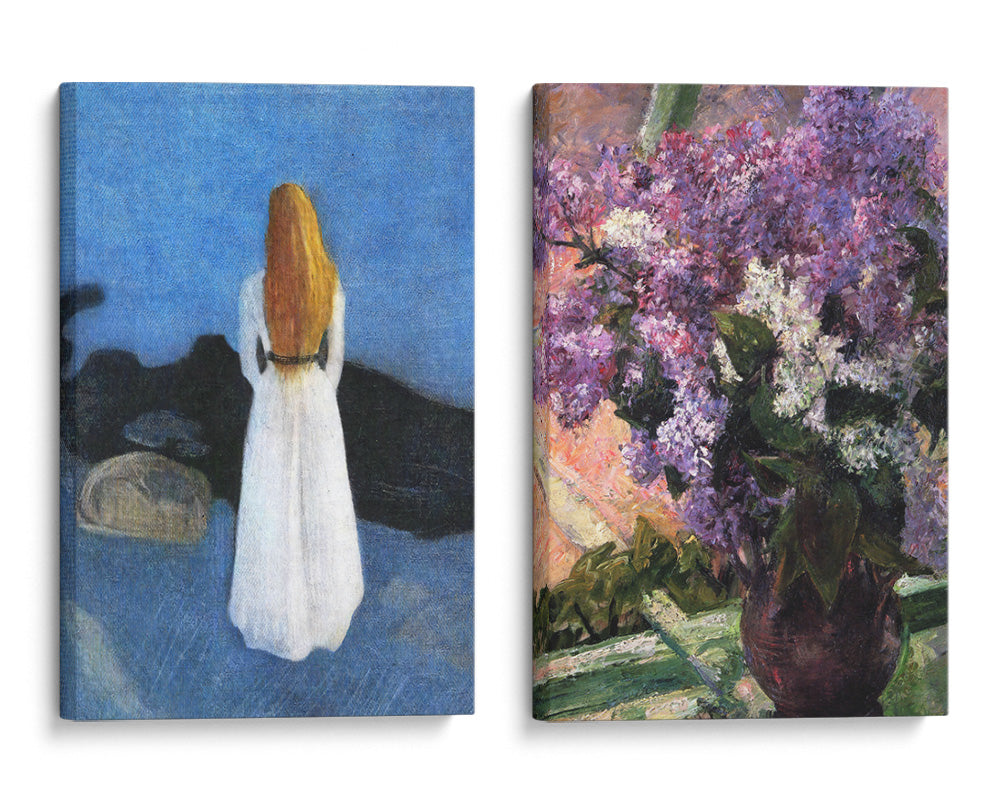62899191957
//kanvah.com/cdn/shop/files/cry-of-prophet-jeremiah-on-the-ruins-of-jerusalem-on-a-bible-subject-1870.jpg?v=1724867388
//kanvah.com/cdn/shop/files/cry-of-prophet-jeremiah-on-the-ruins-of-jerusalem-on-a-bible-subject-1870_20___20Framed_vertical-angled_4-5_BLACK.jpg?v=1735975018
1.0
//kanvah.com/cdn/shop/files/cry-of-prophet-jeremiah-on-the-ruins-of-jerusalem-on-a-bible-subject-1870_20___20Framed_vertical-angled_4-5_BLACK.jpg?v=1735975018 1.0
//kanvah.com/cdn/shop/files/Mockup-Portrait-4-5_E2_80_945-cry-of-prophet-jeremiah-on-the-ruins-of-jerusalem-on-a-bible-subject-1870.jpg?v=1735975018 1.0
//kanvah.com/cdn/shop/files/Mockup-Portrait-4-5_E2_80_946-cry-of-prophet-jeremiah-on-the-ruins-of-jerusalem-on-a-bible-subject-1870.jpg?v=1735975018 1.0
//kanvah.com/cdn/shop/files/Mockup-Portrait-4-5_E2_80_947-cry-of-prophet-jeremiah-on-the-ruins-of-jerusalem-on-a-bible-subject-1870.jpg?v=1735975018 1.0
//kanvah.com/cdn/shop/files/Mockup-Portrait-4-5_E2_80_948-cry-of-prophet-jeremiah-on-the-ruins-of-jerusalem-on-a-bible-subject-1870.jpg?v=1735975018 1.0
//kanvah.com/cdn/shop/files/Mockup-Portrait-4-5_E2_80_949-cry-of-prophet-jeremiah-on-the-ruins-of-jerusalem-on-a-bible-subject-1870.jpg?v=1735975018 1.0
//kanvah.com/cdn/shop/files/Mockup-Portrait-4-5_E2_80_9410-cry-of-prophet-jeremiah-on-the-ruins-of-jerusalem-on-a-bible-subject-1870.jpg?v=1735975018 1.0
//kanvah.com/cdn/shop/files/Mockup-Portrait-4-5_E2_80_941-cry-of-prophet-jeremiah-on-the-ruins-of-jerusalem-on-a-bible-subject-1870.jpg?v=1735975018 1.0
//kanvah.com/cdn/shop/files/Mockup-Portrait-4-5_E2_80_942-cry-of-prophet-jeremiah-on-the-ruins-of-jerusalem-on-a-bible-subject-1870.jpg?v=1735975018 1.0
//kanvah.com/cdn/shop/files/Mockup-Portrait-4-5_E2_80_943-cry-of-prophet-jeremiah-on-the-ruins-of-jerusalem-on-a-bible-subject-1870.jpg?v=1735975018 1.0
//kanvah.com/cdn/shop/files/Mockup-Portrait-4-5_E2_80_944-cry-of-prophet-jeremiah-on-the-ruins-of-jerusalem-on-a-bible-subject-1870.jpg?v=1735975018 1.0
//kanvah.com/cdn/shop/files/cry-of-prophet-jeremiah-on-the-ruins-of-jerusalem-on-a-bible-subject-1870_20___20Canvas_vertical-angled_4x5_0.75.jpg?v=1735975018 1.0
//kanvah.com/cdn/shop/files/cry-of-prophet-jeremiah-on-the-ruins-of-jerusalem-on-a-bible-subject-1870_20___20Framed_vertical-angled_4-5_WHITE.jpg?v=1735975018 1.0
//kanvah.com/cdn/shop/files/cry-of-prophet-jeremiah-on-the-ruins-of-jerusalem-on-a-bible-subject-1870_20___20Framed_vertical-angled_4-5_GOLD.jpg?v=1735975018 1.0
//kanvah.com/cdn/shop/files/cry-of-prophet-jeremiah-on-the-ruins-of-jerusalem-on-a-bible-subject-1870_20___20Framed_vertical-angled_4-5_SILVER.jpg?v=1735975018 1.0
Ilya Repin's "Cry of the Prophet Jeremiah on the Ruins of Jerusalem": A Prophetic Vision of Devastation and HopeStep into the heart-wrenching scene depicted in Ilya Repin's powerful painting, "Cry of the Prophet Jeremiah on the Ruins of Jerusalem." Created in 1870, this masterpiece immortalizes the biblical prophet's lament over the destruction of his beloved city, offering a poignant reflection on loss, resilience, and the enduring power of faith.
Repin's Brushstrokes: Capturing the Agony of a Broken City
Repin masterfully employs expressive brushstrokes to convey the devastation of Jerusalem. The crumbling walls, charred buildings, and scattered debris create a vivid sense of ruin and desolation. The prophet Jeremiah, depicted in the foreground, is a solitary figure of despair, his arms outstretched in a gesture of anguish and mourning.
Symbolism and Biblical Context
The painting draws inspiration from the biblical book of Lamentations, where Jeremiah mourns the destruction of Jerusalem by the Babylonian army. Repin uses symbolism to enhance the narrative, such as the broken lyre at Jeremiah's feet, representing the silencing of music and joy. The barren landscape and the distant smoke symbolize the city's desolation.
Artistic Influence: The Roots of Russian Realism
"Cry of the Prophet Jeremiah" is a prime example of Russian Realism, a movement that sought to depict the harsh realities of life. Repin's painting captures the emotional and physical devastation of war, setting a precedent for future generations of Russian artists.
Emotions Conveyed: Grief, Desolation, and a Glimmer of Hope
Repin's masterpiece evokes a profound sense of grief and despair. Jeremiah's anguish is palpable, his body language conveying the weight of his sorrow. Yet, amidst the ruins, a glimmer of hope emerges. The prophet's raised arms suggest a plea to heaven, a longing for redemption and renewal.
Experience the Power of Art
This museum-quality canvas print captures the emotional intensity of Repin's original. "Cry of the Prophet Jeremiah" becomes a poignant reminder of the devastating consequences of war and the resilience of the human spirit. Its timeless message will continue to resonate with viewers for generations to come.
Let Ilya Repin's "Cry of the Prophet Jeremiah" inspire reflection on the fragility of life, the importance of hope, and the enduring power of art to convey the human condition.
45671014760597
45671014760597::8" x 10" / Fine Art Poster::::,
45671014793365::16" x 20" / Fine Art Poster::::,
45671014826133::24" x 30" / Fine Art Poster::::,
45671014858901::32" x 40" / Fine Art Poster::::,
45671014891669::40" x 50" / Fine Art Poster::::,
43524998004885::8" x 10" / Canvas::::,
43524998037653::16" x 20" / Canvas::::,
43524998070421::24" x 30" / Canvas::::,
43524998103189::32" x 40" / Canvas::::,
43524998135957::40" x 50" / Canvas::::,
43524998168725::8" x 10" / White Frame::::,
43524998201493::16" x 20" / White Frame::::,
43524998234261::24" x 30" / White Frame::::,
43524998267029::32" x 40" / White Frame::::,
43524998299797::40" x 50" / White Frame::::,
43524998332565::8" x 10" / Black Frame::::,
43524998365333::16" x 20" / Black Frame::::,
43524998398101::24" x 30" / Black Frame::::,
43524998430869::32" x 40" / Black Frame::::,
43524998463637::40" x 50" / Black Frame::::,
44914438701205::8" x 10" / Gold Frame::::,
44914439061653::16" x 20" / Gold Frame::::,
44914439356565::24" x 30" / Gold Frame::::,
44914439585941::32" x 40" / Gold Frame::::,
44914439749781::40" x 50" / Gold Frame::::,
44914438963349::8" x 10" / Silver Frame::::,
44914439192725::16" x 20" / Silver Frame::::,
44914439520405::24" x 30" / Silver Frame::::,
44914439651477::32" x 40" / Silver Frame::::,
44914439815317::40" x 50" / Silver Frame::::,
ar-view-on-your-wall



















